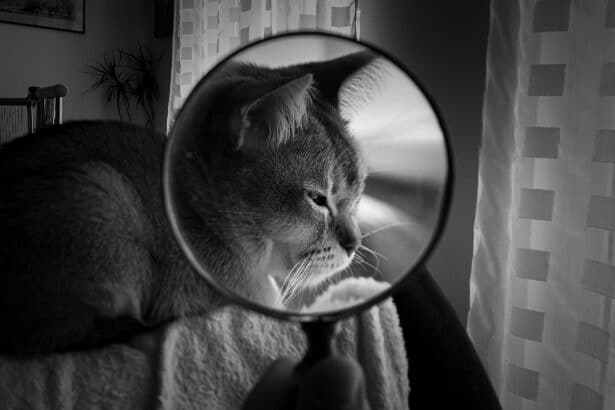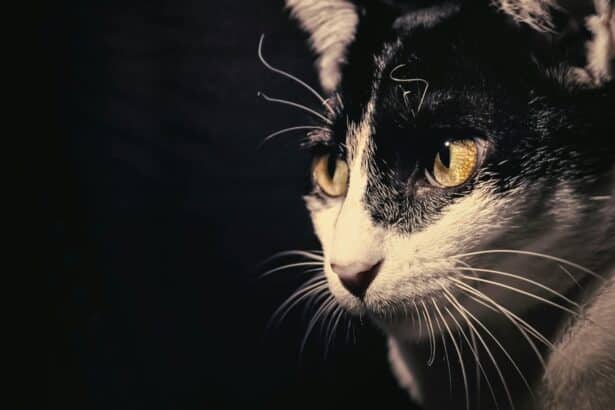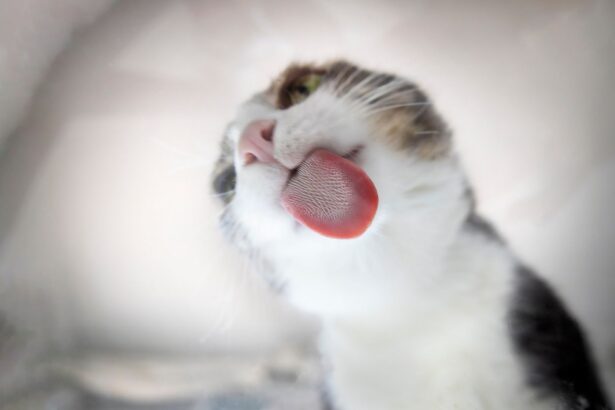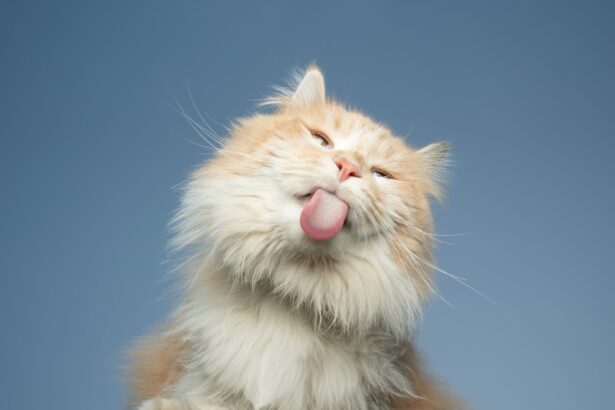Who is the ancestor of the kitty purring on your sofa? And how did a shy little hunter go from grain lofts to living rooms? Settle in — we’re rewinding the story of our cats with a gentle paw and a wink.

Who is the cat’s ancestor?
The true ancestor of our domestic cat is Felis silvestris lybica — the African and Middle Eastern wildcat. It’s not the same as the European wildcat (Felis silvestris silvestris): that one is a cousin, not a direct parent.
Their first meet-cute with humans? Near grain stores. Rodents gathered, wildcats followed… and a mutually beneficial friendship quietly began.
Curious about their free-roaming cousins? Explore our wildcat guide for their best-kept secrets.
Felis silvestris lybica at a glance
- Look: slender body, sandy to tawny coat, subtle tail rings — built for blending in.
- Mindset: a keen opportunistic hunter, aligned with rodent activity at dawn and dusk.
- Style: lives near people yet stays cautious. Over time, some tolerated our presence… then our strokes.

From savannah to sofas: how domestication happened
The big shift started with the Neolithic revolution, around 10,000 years ago in the Near East. Granaries attracted rodents, rodents attracted wildcats… and the cats helped people by keeping pests in check.
There was no forced taming — just proximity, mutual benefits, and a natural selection for the most tolerant cats. From there, cats traveled through Egypt, Europe, and far beyond with farmers, traders, and sailors.
Modern echo of that hunter past? Many cats still scratch around their bowl — a little ancestral quirk at dinnertime.
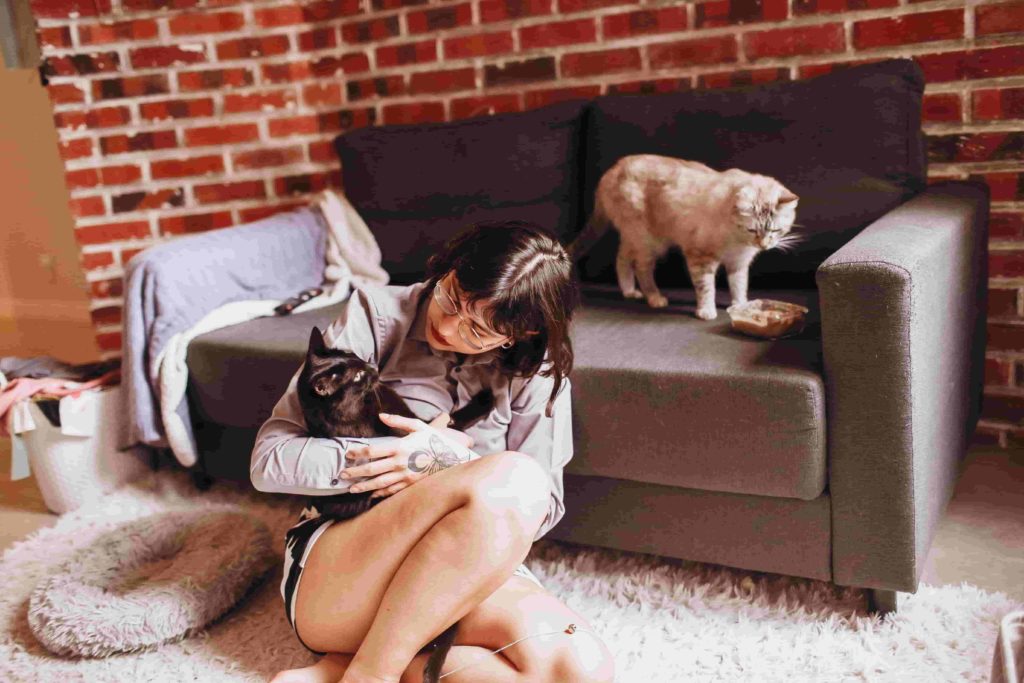
What changed… and what stayed the same
- Body: sizes and colors diversified, yet the predator frame remains unmistakable.
- Behavior: more sociable with humans, but still fiercely independent.
- Clock: most active at dawn and dusk, just like their vigilant ancestors.
Practical tip: Try a two-part “hunt to bowl” routine. First, drag a toy or sock with a bit of catnip to create a short scent trail to a few hidden kibble spots. Then serve the main meal. It mimics a successful hunt and melts away pent-up energy.
Mistake to avoid: Endless laser-pointer play with no “catch”. Without a tangible reward at the end (toy or treat), some cats get frustrated. Always finish with a toy they can grab or a few kibbles.
Want to see the world through whiskered eyes? Discover how cats see and the visual superpowers that guide their stealth.
From sacred to suspicious: a reputation that evolved
In ancient Egypt, cats were revered and associated with Bastet. Guarding grain meant guarding the household — everything fit perfectly.
In medieval Europe, superstitions cooled their image, especially for the black cat. Some myths still linger, unjustly.
Speaking of legends, the famous nine lives myth has crossed centuries. Charming, yes — but safety first in real life.
Did you know?
- Surprising fact: Cats sailed the seas as ship’s mousers to protect food stores. Port by port, they followed humans and quietly colonized the globe.
- Bonus tip: Hide a handful of dry food in two or three safe spots each evening. This “mini-safari” respects their foraging need and keeps minds busy.
To place your whiskered confidante on the timeline, learn to calculate your cat’s age with a simple, reliable method.
Today: our cats still carry Lybica’s imprint
A rippling back before a leap, a slow-flicking tail, eyes locked on a fly… The DNA of lybica still whispers under the fur.
Scientifically, our companion is Felis catus (or Felis silvestris catus). At home, it’s the softest bond — a free spirit who chooses you, then curls into your lap.
And that’s the magic: wild grace, tender loyalty, and a little everyday mystery.
FAQ
Who is the direct ancestor of domestic cats?
Felis silvestris lybica, the African/Middle Eastern wildcat. It gravitated toward early human settlements for rodent-rich granaries.
When did cat domestication begin?
Around 10,000 years ago, during the Neolithic in the Near East. Domestication was gradual, driven by mutual benefits and tolerance.
Are black cats really unlucky?
No. That’s a medieval superstition. Coat color doesn’t affect personality, love, or luck — only human beliefs do.
What’s the difference between Felis catus and wildcats?
Felis catus is generally more sociable and adaptable to human life. True wildcats remain wary and depend entirely on hunting.




